Climate change is an ever-growing concern that affects wildlife across the globe. While its impact is vast, one fascinating area of study is how it alters the behavior of big cats. These majestic creatures, known for their strength and stealth, are facing new challenges in their natural habitats. As temperatures rise and ecosystems shift, big cats are adapting in unexpected ways. For cat enthusiasts and environmentalists alike, understanding these changes is crucial. It not only highlights the resilience of these animals but also underscores the urgent need for conservation efforts. Let’s dive into how climate change is reshaping the lives of these iconic predators.
Shifting Habitats: The Search for New Homes
Big cats are being forced to move from their traditional habitats due to changing climatic conditions. As temperatures rise, the landscapes they once called home are becoming inhospitable. For instance, the snow leopards of the Himalayas find their icy territories melting away. These changes push them to lower altitudes, where they face unfamiliar terrain and competition. Similarly, lions in Africa are venturing into areas they previously avoided, seeking cooler climates and more abundant prey. This migration not only strains their survival but also impacts local ecosystems that aren’t accustomed to these apex predators. The need to adapt to a new home is a testament to their resilience but also a stark reminder of the challenges they face.
Altered Prey Patterns: A New Hunting Game
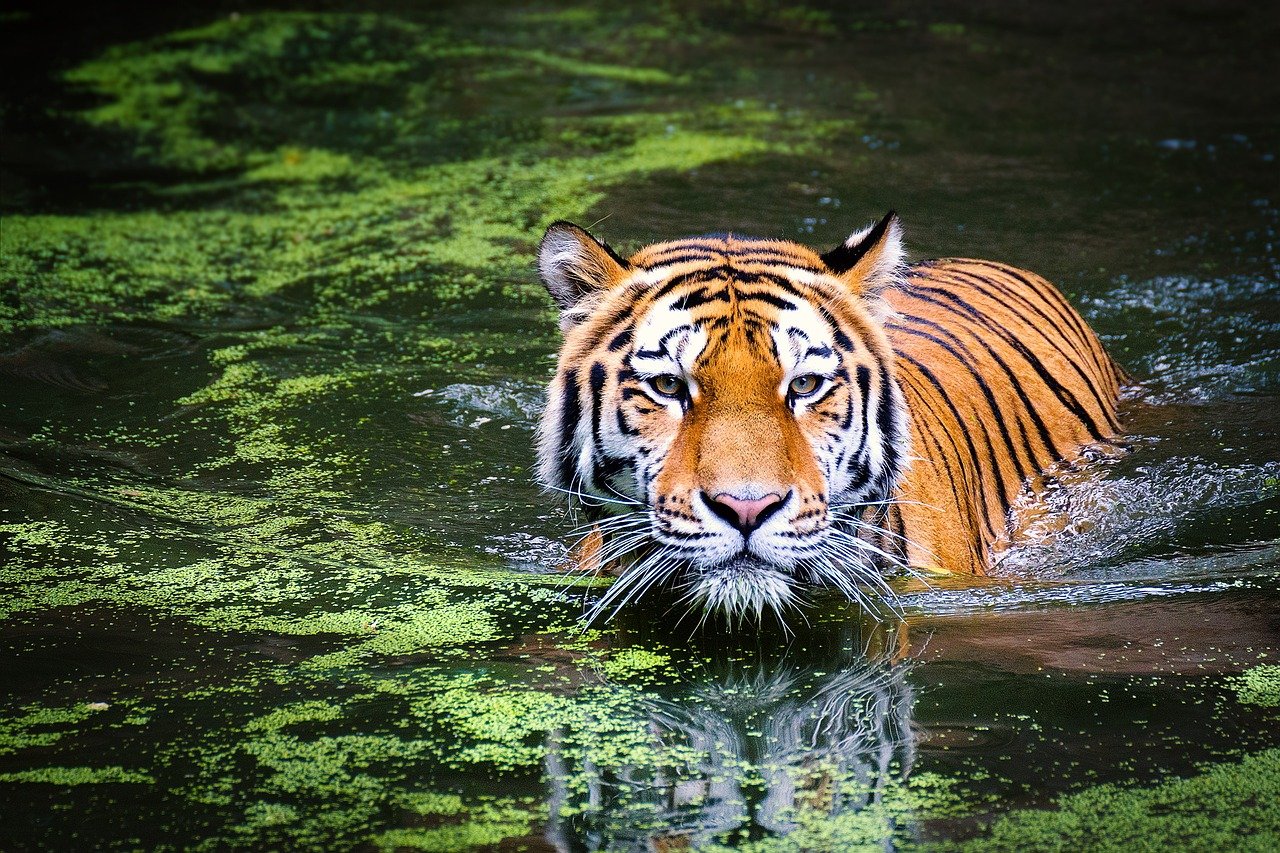
The prey that big cats depend on is also affected by climate change, causing a ripple effect in hunting behaviors. Warmer temperatures can lead to shifts in prey populations, with some species thriving while others decline. For example, the prey of jaguars in the Amazon may move deeper into the forest to escape heat, forcing jaguars to follow. This change in prey patterns requires big cats to adapt their hunting strategies, often venturing into unfamiliar territories. The need to adjust to these new patterns can make hunting more challenging, potentially leading to decreased success rates. This shift highlights the delicate balance of nature and how interconnected ecosystems truly are.
Breeding Challenges: A Battle for Survival
Climate change impacts the breeding patterns of big cats, presenting new challenges for their survival. Warmer temperatures can disrupt mating seasons, leading to fewer births and reduced genetic diversity. For species like the cheetah, which already face low genetic variability, this is particularly concerning. Additionally, changing climates can affect the availability of resources needed for raising young, such as food and shelter. In some regions, increased rainfall or droughts can destroy habitats, making it difficult for mothers to find safe places to give birth. These breeding challenges emphasize the vulnerability of big cats in the face of environmental change.
Competition for Resources: A Struggle for Survival
As habitats change and resources become scarcer, big cats face increased competition not only with each other but also with other predators. This competition can lead to more frequent and aggressive encounters, as animals vie for dwindling food supplies and territory. In areas like the African savannah, lions and leopards may find themselves in direct conflict over prey. Even within their species, big cats may struggle to establish dominance and secure their share of resources. This struggle underscores the harsh reality of life in a changing world and the lengths to which these animals will go to survive.
Behavioral Adaptations: The New Normal
Climate change is prompting big cats to develop new behaviors in response to their altered environments. These adaptations can include changes in hunting techniques, social structures, and daily routines. For example, some big cats may become more nocturnal, hunting under the cover of darkness to avoid the heat of the day. Others might form larger or smaller groups to maximize their chances of survival. These behavioral adaptations are a testament to the resilience and ingenuity of these animals, but they also highlight the ongoing challenges they face in an evolving world.
Human Encounters: A Growing Concern
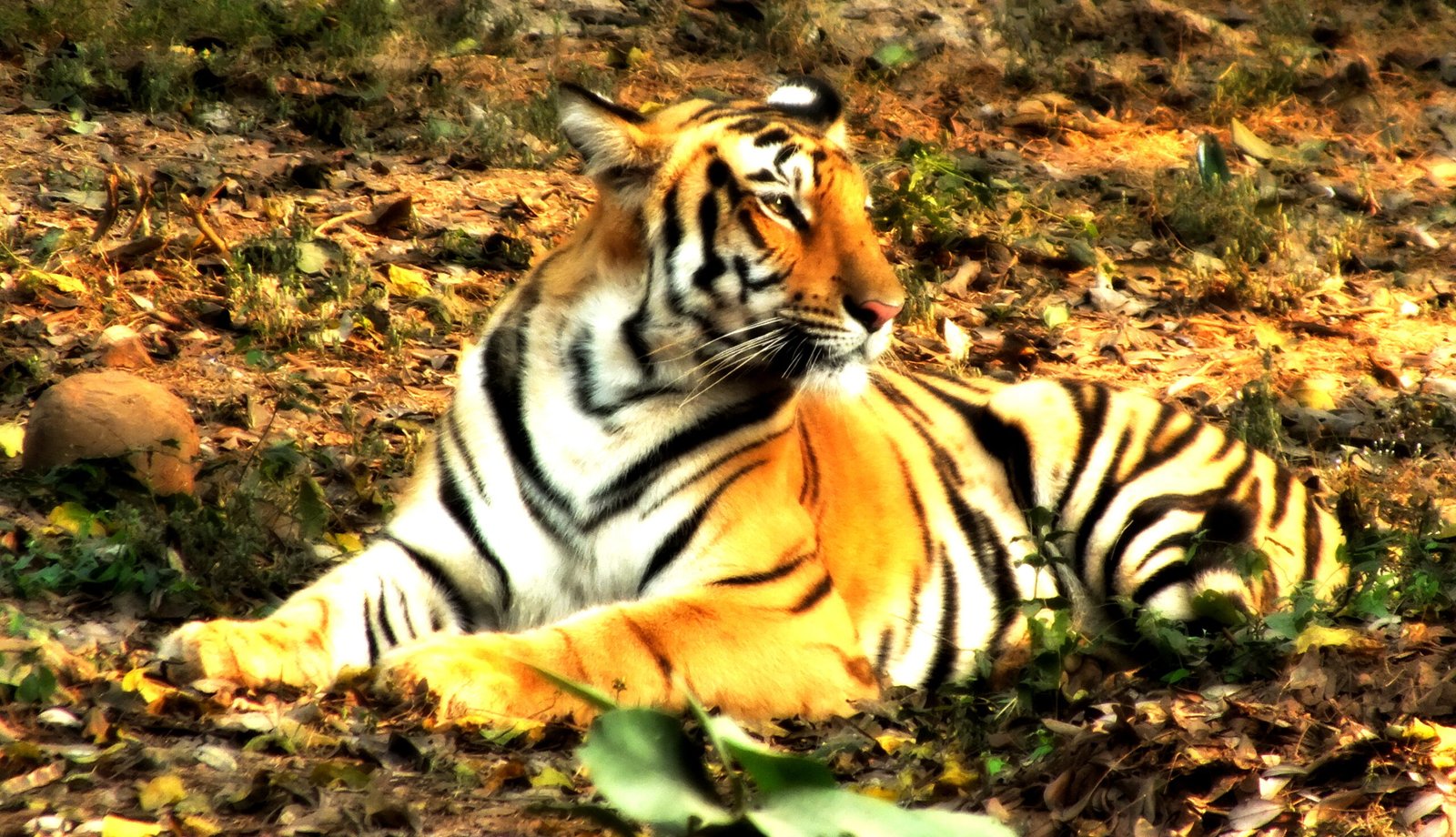
As big cats are forced to move closer to human settlements in search of food and shelter, encounters with people are becoming more frequent. This proximity can lead to conflicts, as big cats prey on livestock or pose a threat to human safety. In some cases, these encounters result in the capture or killing of big cats, further endangering their populations. The increased interaction between humans and big cats also raises concerns about the transmission of diseases, as both parties are exposed to unfamiliar pathogens. These human encounters highlight the need for effective conservation strategies that prioritize coexistence.
Health Implications: A Silent Threat
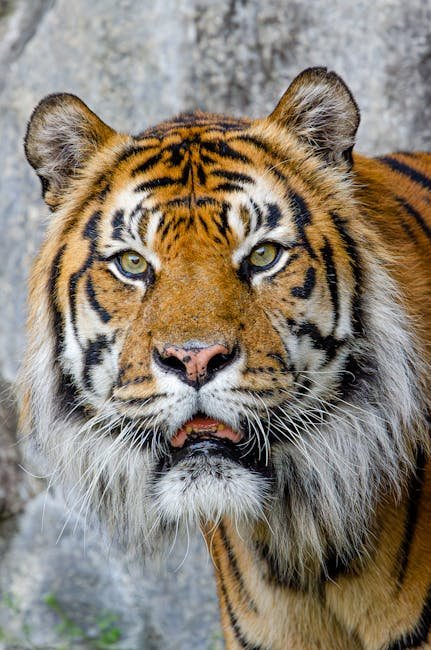
The health of big cats is directly impacted by climate change, with rising temperatures and shifting ecosystems contributing to the spread of diseases. Warmer climates can facilitate the growth of parasites and pathogens, posing a threat to big cat populations. For instance, ticks and fleas that carry diseases may thrive in new areas, increasing the risk of infection. Additionally, stress from habitat loss and resource scarcity can weaken immune systems, making big cats more susceptible to illness. These health implications are a silent but significant threat, underscoring the importance of monitoring and addressing the health of these animals in conservation efforts.
Conservation Efforts: A Race Against Time
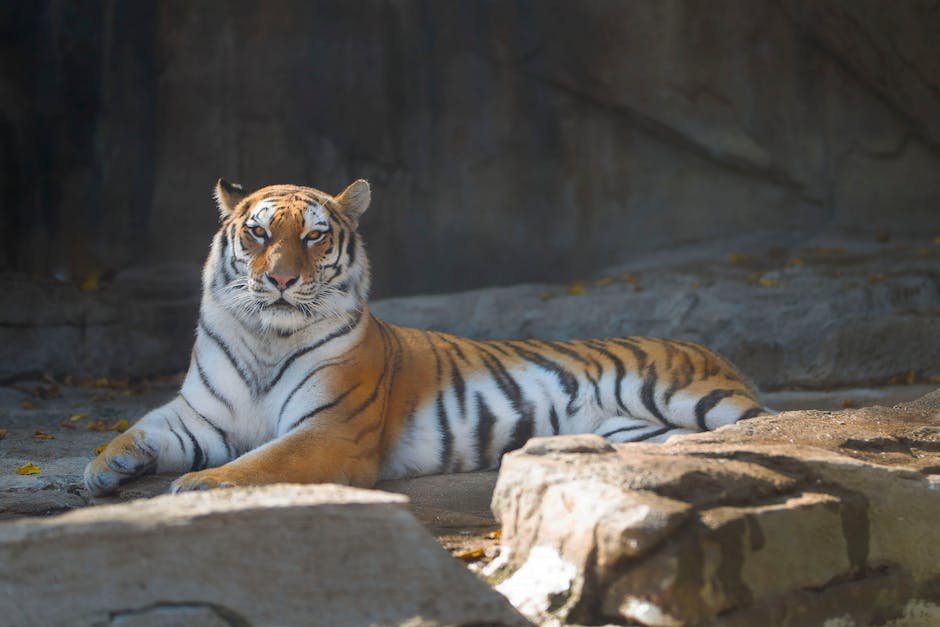
In response to the challenges posed by climate change, conservationists are working tirelessly to protect big cats and their habitats. Efforts include establishing protected areas, restoring ecosystems, and promoting sustainable practices. Education and awareness campaigns aim to foster coexistence between humans and big cats, reducing conflicts and promoting conservation. Additionally, research on big cat behavior and adaptation is crucial for developing effective strategies to support their survival. These conservation efforts are a race against time, as the impacts of climate change continue to escalate.
Cultural Impact: The Changing Symbolism of Big Cats
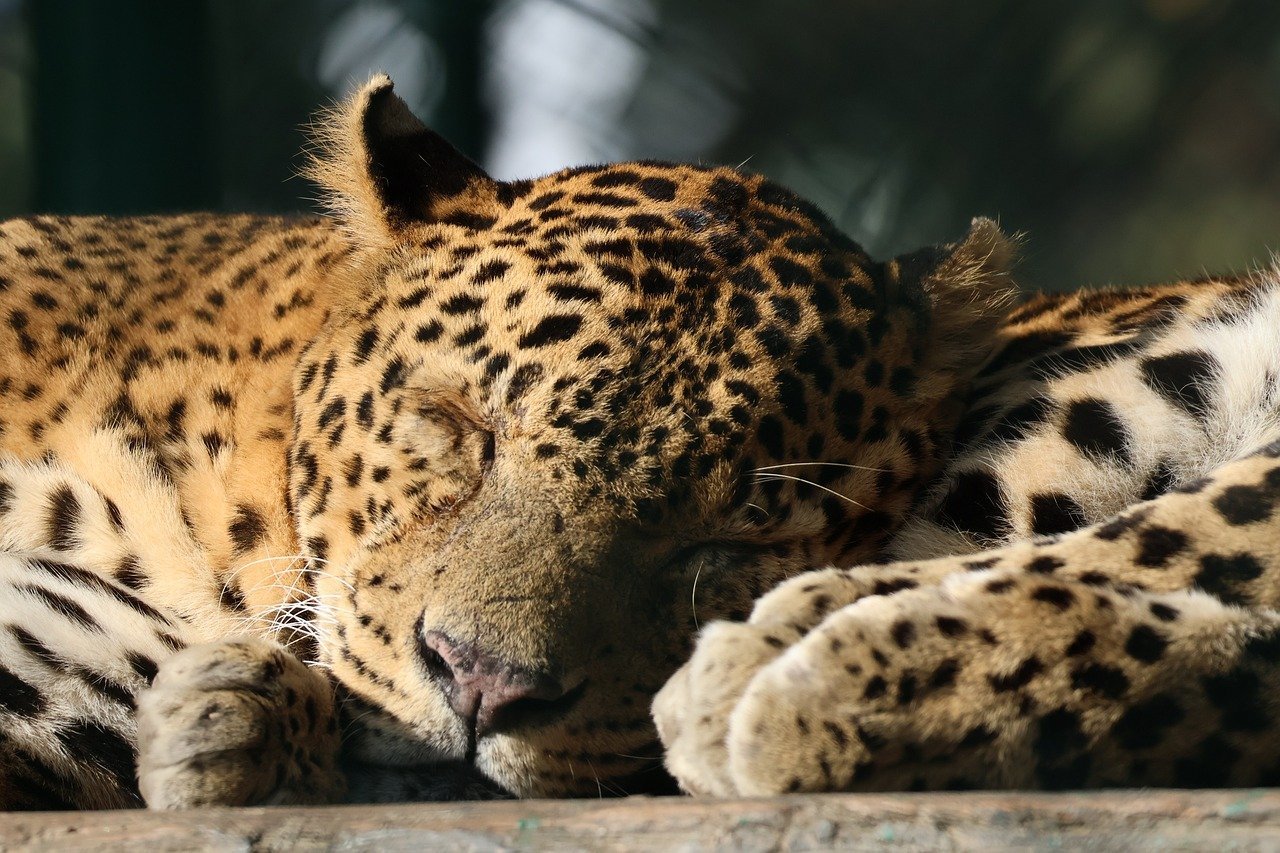
Big cats have long held a place in human culture as symbols of strength, power, and grace. However, as climate change alters their behavior and habitats, their cultural significance is also evolving. In some communities, big cats are increasingly seen as a threat, leading to fear and misunderstanding. Conversely, their plight has inspired a global movement to protect these majestic creatures, highlighting their importance in maintaining biodiversity. This changing symbolism reflects the complex relationship between humans and big cats, shaped by the challenges of a changing world.
Technological Innovations: Aiding Conservation
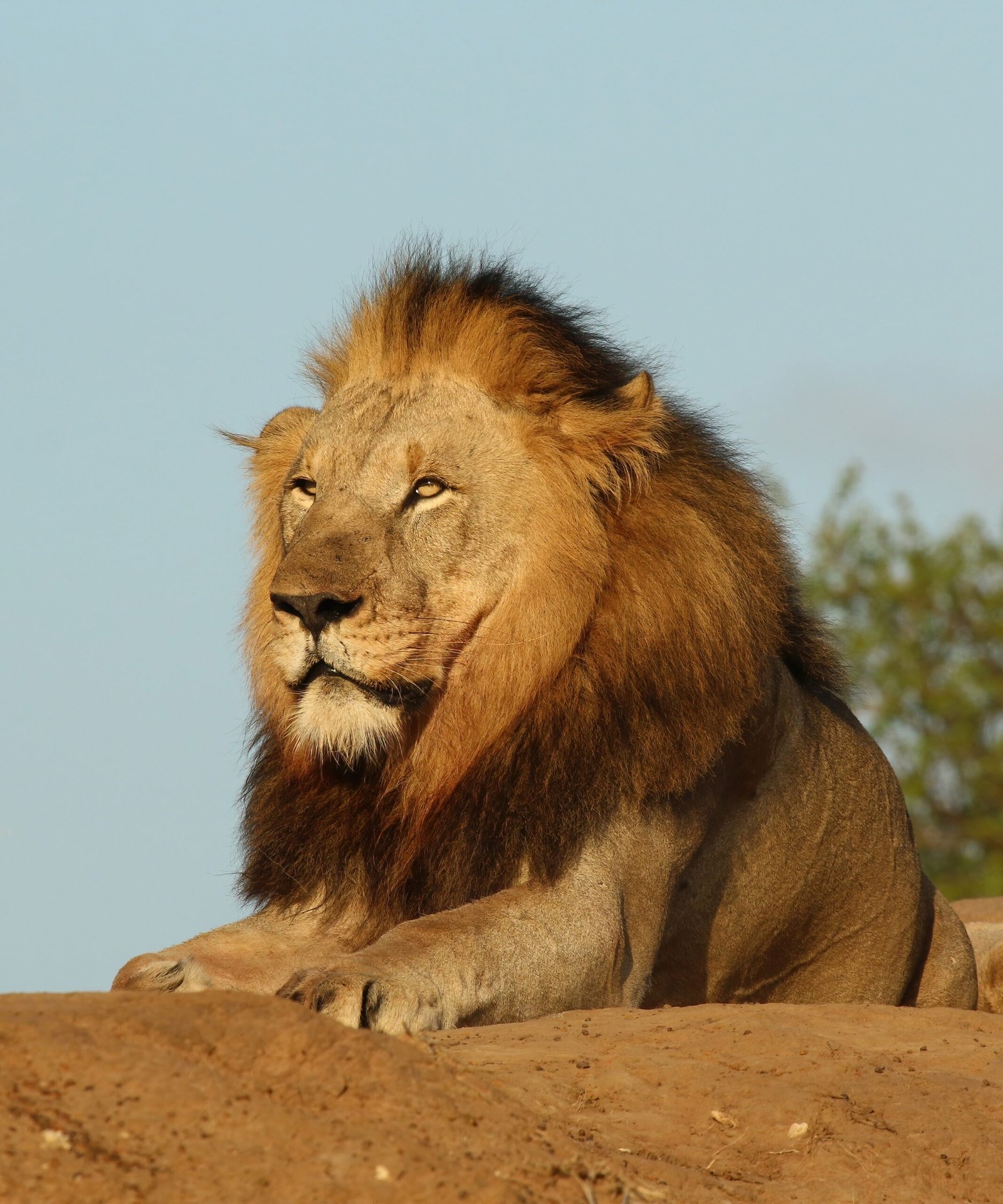
Technology is playing a vital role in understanding and mitigating the impacts of climate change on big cats. From satellite tracking to genetic analysis, these innovations provide valuable insights into the behavior and health of big cat populations. Drones and camera traps allow researchers to monitor remote areas and observe big cats without disturbing their natural behavior. Additionally, data collected through these technologies can inform conservation strategies, helping to prioritize areas for protection and track the effectiveness of interventions. These technological innovations are crucial tools in the fight to preserve big cats for future generations.
Community Involvement: A Collective Effort
Local communities play a pivotal role in the conservation of big cats, as they are often the first line of defense against poaching and habitat destruction. Engaging these communities in conservation efforts is essential for creating sustainable solutions. Initiatives that promote eco-tourism and provide alternative livelihoods can reduce reliance on activities that harm big cat populations. Furthermore, involving local people in decision-making processes fosters a sense of ownership and responsibility for the protection of these animals. Community involvement is a collective effort that bridges the gap between people and wildlife.
Education and Awareness: Spreading the Word

Raising awareness about the impacts of climate change on big cats is crucial for garnering support for conservation efforts. Education programs that highlight the importance of big cats in ecosystems and their vulnerability to climate change can inspire action. By sharing stories and information about these animals, conservationists hope to foster a deeper understanding and appreciation of their plight. Engaging the public through social media, documentaries, and educational materials can amplify the message and encourage individuals to contribute to conservation efforts. Education and awareness are powerful tools in the fight to protect big cats.
Policy Changes: Advocating for Big Cats
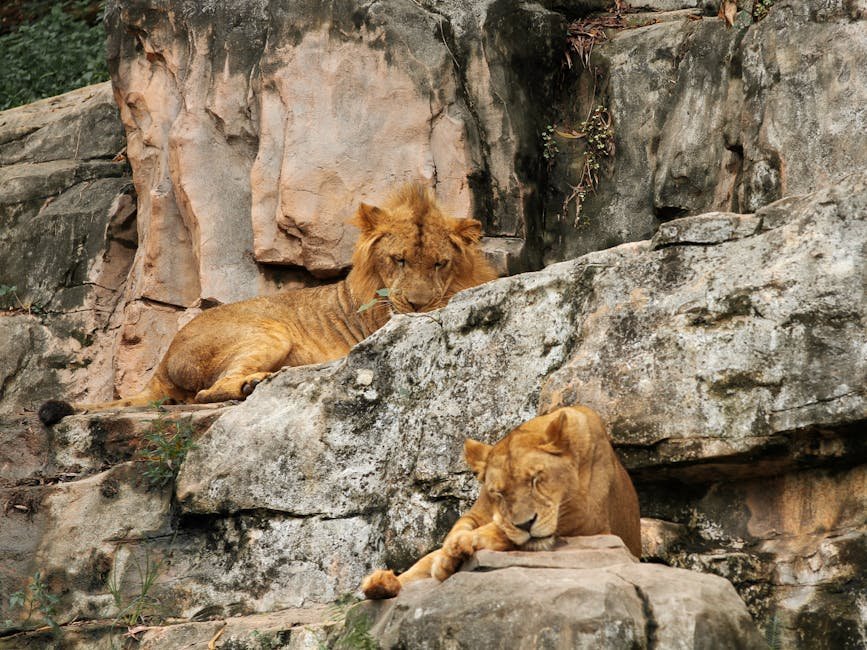
Advocating for policy changes that address the impacts of climate change on big cats is essential for their long-term survival. Governments and organizations must work together to implement regulations that protect habitats and reduce human-wildlife conflicts. Policies that promote sustainable land use, reduce carbon emissions, and support conservation initiatives can have a significant impact on big cat populations. Advocacy efforts aim to influence decision-makers and ensure that big cats are prioritized in environmental policies. These changes are necessary to create a future where big cats can thrive.
International Collaboration: A Global Effort
The challenges posed by climate change require a global response, with countries and organizations working together to protect big cats. International collaboration can facilitate the sharing of knowledge, resources, and best practices, enhancing the effectiveness of conservation efforts. Partnerships between governments, NGOs, and local communities can strengthen initiatives and ensure that big cats receive the protection they need. Collaborative efforts can also address transboundary issues, as big cats often roam across national borders. International collaboration is a crucial component of the fight to preserve these iconic animals.
Research and Innovation: Unlocking New Insights
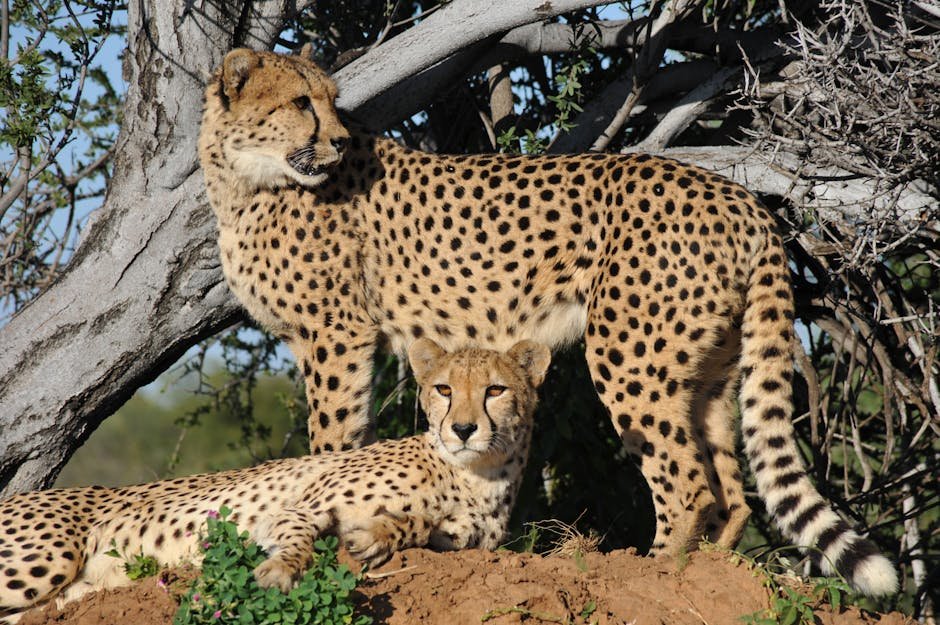
Ongoing research is essential for understanding the complex relationship between climate change and big cat behavior. Studies that examine the impacts of changing environments on big cats can provide valuable insights into their adaptation strategies. Additionally, research into genetic diversity, health, and population dynamics can inform conservation efforts and identify areas for intervention. Innovation in research methods, such as the use of artificial intelligence and remote sensing, can enhance our understanding of these animals and their habitats. Research and innovation are key to unlocking new insights and driving effective conservation.
The Role of Zoos: Guardians of Big Cats
Zoos play a vital role in the conservation of big cats, serving as both a refuge for endangered species and a platform for education. Through captive breeding programs, zoos contribute to the genetic diversity and survival of big cat populations. Additionally, zoos provide valuable opportunities for research, allowing scientists to study big cats up close and develop conservation strategies. Education programs at zoos can raise awareness about the challenges faced by big cats and inspire action. The role of zoos as guardians of big cats is an important aspect of conservation efforts.
Climate Resilience: Building a Better Future
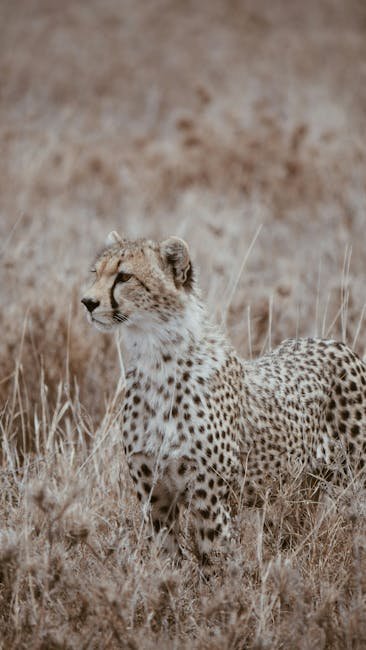
Building climate resilience is essential for ensuring the long-term survival of big cats. This involves creating habitats that can withstand the impacts of climate change and support healthy populations. Restoring ecosystems, protecting biodiversity, and promoting sustainable practices are key components of building resilience. Additionally, fostering resilience requires addressing the root causes of climate change, such as reducing carbon emissions and promoting renewable energy. By building climate resilience, we can create a future where big cats can thrive in harmony with their environments.
The Importance of Big Cats: Guardians of Biodiversity

Big cats play a crucial role in maintaining the balance of ecosystems, acting as top predators that regulate prey populations. Their presence helps to control herbivore numbers, preventing overgrazing and promoting plant diversity. This balance is essential for the health of ecosystems and the survival of other species. The loss of big cats can have cascading effects, leading to the decline of entire ecosystems. Recognizing the importance of big cats as guardians of biodiversity is vital for understanding the broader implications of their conservation.
A Call to Action: Protecting Big Cats

The challenges faced by big cats in the face of climate change are immense, but there is hope. By taking action to protect these animals and their habitats, we can ensure their survival for future generations. This requires a collective effort from individuals, communities, governments, and organizations to address the impacts of climate change and promote conservation. By supporting initiatives that prioritize big cat protection and raising awareness about their plight, we can make a difference. A call to action is a rallying cry for all cat enthusiasts to join the fight to protect these magnificent creatures.
Hi, I’m Bola, a passionate writer and creative strategist with a knack for crafting compelling content that educates, inspires, and connects. Over the years, I’ve honed my skills across various writing fields, including content creation, copywriting, online course development, and video scriptwriting.
When I’m not at my desk, you’ll find me exploring new ideas, reading books, or brainstorming creative ways to solve challenges. I believe that words have the power to transform, and I’m here to help you leverage that power for success.
Thanks for stopping by, Keep coming to this website to checkout new articles form me. You’d always love it!






